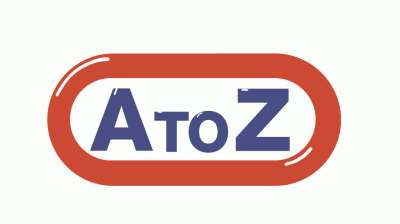Don’t know your LMI from your LVR from your CGT? See the following A to Z of borrowing terminology…..
Amortisation period
The number of years it will take to fully pay off a home loan.
Appreciation
An increase in the value of a property.
Bank valuation
A bank’s estimate of a property’s value. This is often more conservative than the actual market value.
Bridging finance
A short-term loan used to allow a buyer to purchase a new property if the proceeds of a property he or she recently sold have not yet cleared.
Capital gains
The profit on the sale of a capital asset, such as a house.
Caveat
A notification on the title declaring a party other than the owner may have an interest in the property.
Caveat emptor
Latin for “buyer beware”. In a property transaction, the purchaser carries the risk. In other words, do your homework.
CGT
Capital gains tax. In real estate terms, this is a tax levied on profit from the sale of an investment property (not the family home).
Counter offer
A new offer, made after a previous offer has been rejected by the owner.
Depreciation
A reduction in the value of an asset over time.
Disbursements
Costs incurred by a real estate agent, which can be passed on to the client, for example photography and advertising costs.
Equity
The value an owner of a property has in the asset above the debt owed.
Exchange of contracts
The legal process that creates a binding agreement for the sale of a property. A deposit is usually paid at this time, and may be forfeited if either party backs out of the agreement.
Exclusive listing
When a vendor has signed an agreement to make an agent solely responsible for the sale of a property during a specified period. If another agent sells the property during that time, the original agent is entitled to any commission.
Fittings
Items in a home that can be taken out without damaging the items or the space in which they were located. Includes washing machines, refrigerators and other items not usually included in a property sale.
Fixtures
Items fixed to a property in a way that would damage the item or the structure of the property if they were to be removed, such as built-in shelving or carpets. Usually included in the sale of a property.
Guarantor
Someone who agrees to fulfil a contract if the main party to the loan defaults.
Interest
The amount paid by a borrower to a lender in addition to the main amount borrowed (the “principal”). The interest rate can be fixed, variable or a combination of the two (“split loan”).
Interest-only loan
When only the interest is repaid during the term of a loan. The principal is repaid after the loan term expires.
LMI
Lenders mortgage insurance. Often payable when a borrower doesn’t have a big deposit, it’s designed to protect the borrower against default.
LVR
Loan-to-value ratio: the proportion of money borrowed versus the value of a property. When the LVR is high (over 80 per cent, for example), a lender is more likely to charge lenders mortgage insurance.
Mortgage protection insurance
An insurance policy which covers a borrower’s mortgage repayments in the event of illness or injury.
Negative gearing
When the earnings from an investment property are – in the short-term, at least – less than the costs associated with the investment. The shortfall can be used to reduce tax liability in Australia, for now.
Offset account
In a mortgage offset account or home loan offset account, the credit in the account is offset daily against the home loan balance, reducing the interest charged accordingly.
Reserve price
The lowest price a vendor has agreed to accept.
Reverse mortgage
A type of mortgage, usually used by older homeowners, where repayments don’t need to be made until after the property is sold, or the last homeowner dies.
Settlement date
The date on which a property sale is finalised. The purchaser pays the vendor and gains possession of the home at this time.
Stamp duty
Tax levied on a contract, calculated as a percentage of the contract value. Varies between states and territories.
Title
The type of property ownership, for example Torrens title, strata title or company title.
Trust account
A bank account managed by a real estate where funds (such as deposits and rental income) are held on behalf of someone else.
Yield
The annual rental income of an investment property, expressed as a proportion of the property’s value.
Zoning
An urban planning tool used by local governments to determined how land is to be used. Examples include low density residential, high density residential, mixed use and metropolitan centre.

